Key Takeaways: Color Coordination 101
- Master Basic Color Theory
- Build a Versatile Neutral Base
- Match Colors to Skin Tone
- Balance Contrast and Harmony
- Use Accessories for Color Pops
- Coordinate Shoes Thoughtfully
- Adapt to Seasons and Occasions
- Experiment to Discover Your Style
When you open your closet and wonder what to wear, chances are the first thing you think about is color. Color influences your mood, reflects your personality, and affects how others perceive you. It’s the reason you might feel like a million bucks in that perfectly matched blazer and trousers, while the wrong shade of yellow can make you want to hide behind a scarf all day. Getting your colors right can feel like an art form, but with the right guidance, it’s absolutely learnable.
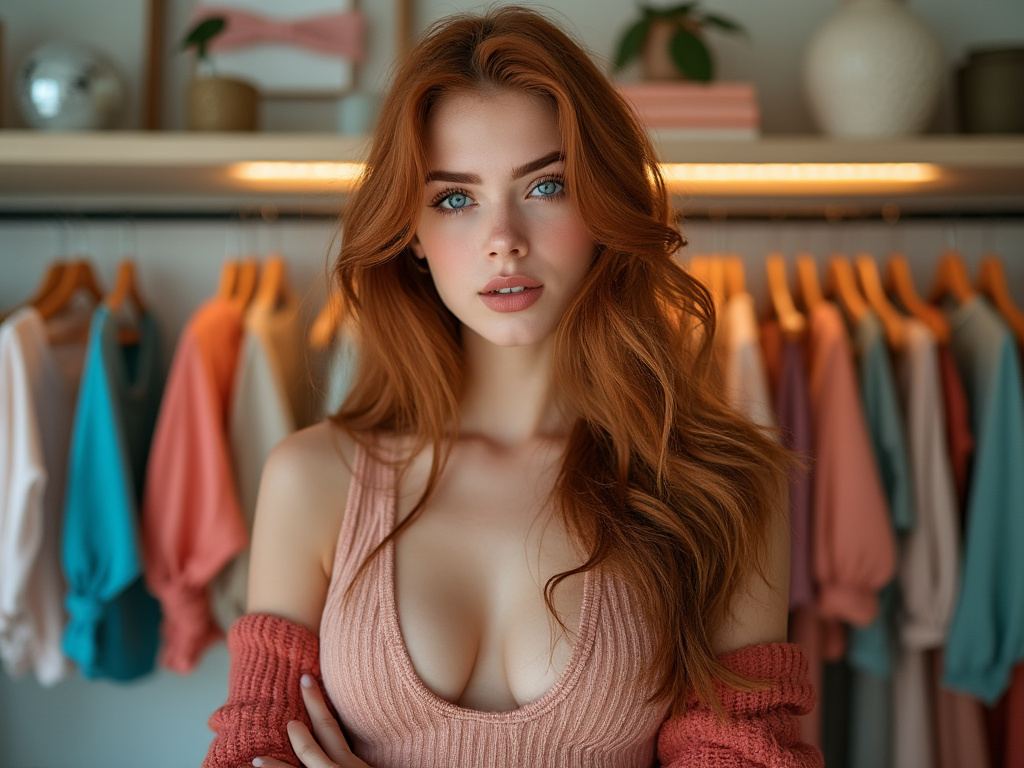
In fashion, color coordination is not just about looking good. It’s about feeling confident, expressing who you are, and making the most of what’s already in your wardrobe. This guide aims to help you navigate the world of colors—whether you’re getting ready for a casual brunch, an important board meeting, or a hot date. You’ll learn to mix and match hues, experiment with tones, and use accessories like belts or scarves to pull your entire look together.
From foundational principles of the color wheel to detailed tips on matching clothes, shoes, and accessories, consider this your go-to resource. Embrace color with confidence, and soon enough, your outfits will look harmonious, engaging, and totally “you.”
1) Understanding Basic Color Theory
a) The Color Wheel Basics
At the heart of color coordination sits the color wheel, a simple chart that shows how colors relate to each other. Primary colors—red, blue, and yellow—form the base. Secondary colors come from mixing primaries, and tertiary colors from mixing secondary and primary. This arrangement reveals how colors complement or clash. Study the wheel to see how opposites attract, and note that pairing shades across the wheel often creates vibrant, pleasing contrasts.
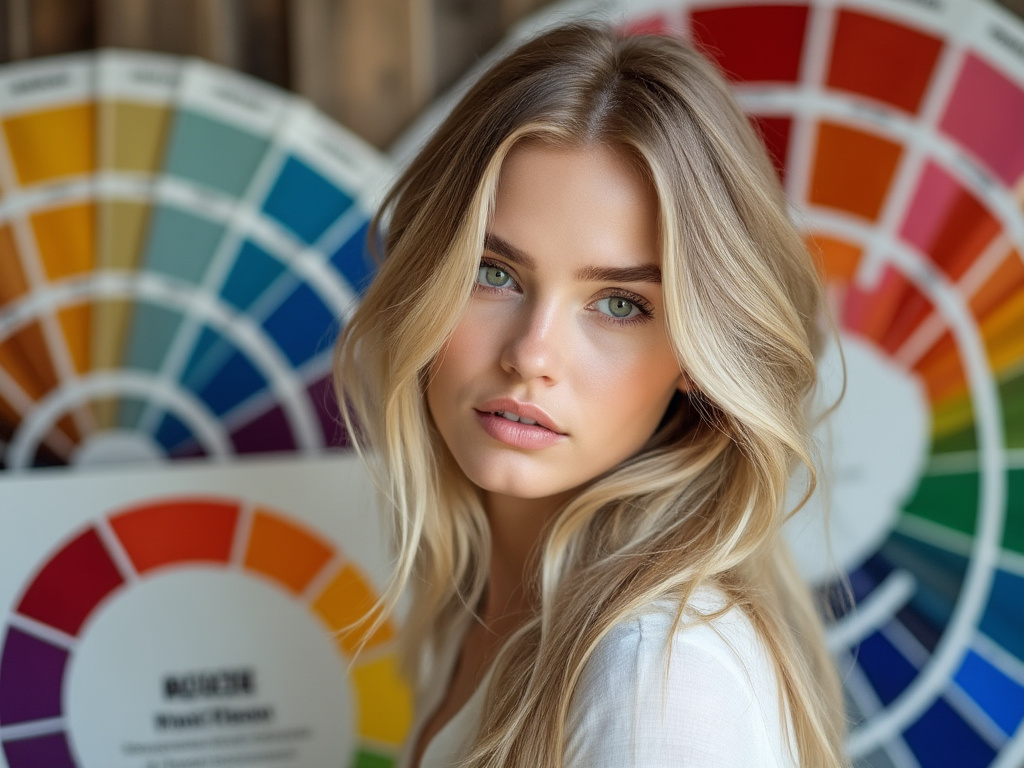
b) Warm vs Cool Tones
Colors have temperature. Warm tones, like reds, oranges, and yellows, feel energetic and friendly. Cool tones, like blues, greens, and purples, are calming and serene. Understanding color temperature helps you set the right mood. A warm-toned sweater might radiate energy, while a cool-toned blouse can keep you looking composed at a formal event.
c) Neutrals and Their Role
Neutrals—think black, white, gray, beige, and navy—create balance. They calm down louder colors and make your outfits more versatile. Neutrals often serve as the base around which you build a color story. The best part? Neutrals go with almost everything, making them a vital tool for every wardrobe.
2) Building a Foundation: Wardrobe Essentials
a) Neutral Base Pieces
Start with a core of neutrals. Crisp white shirts, black trousers, navy blazers, and gray knits provide a versatile backdrop. These pieces set the stage for more colorful items to shine. By mixing neutrals, you’ll find countless outfit combinations that are anything but boring.
b) Investing in Versatile Colors
To get the most mileage from your wardrobe, pick pieces in colors that play well with many others. Earth tones like olive or camel are flexible, while navy can stand in for black to create softer contrasts. These hues become the puzzle pieces that fit into all sorts of outfit moods.
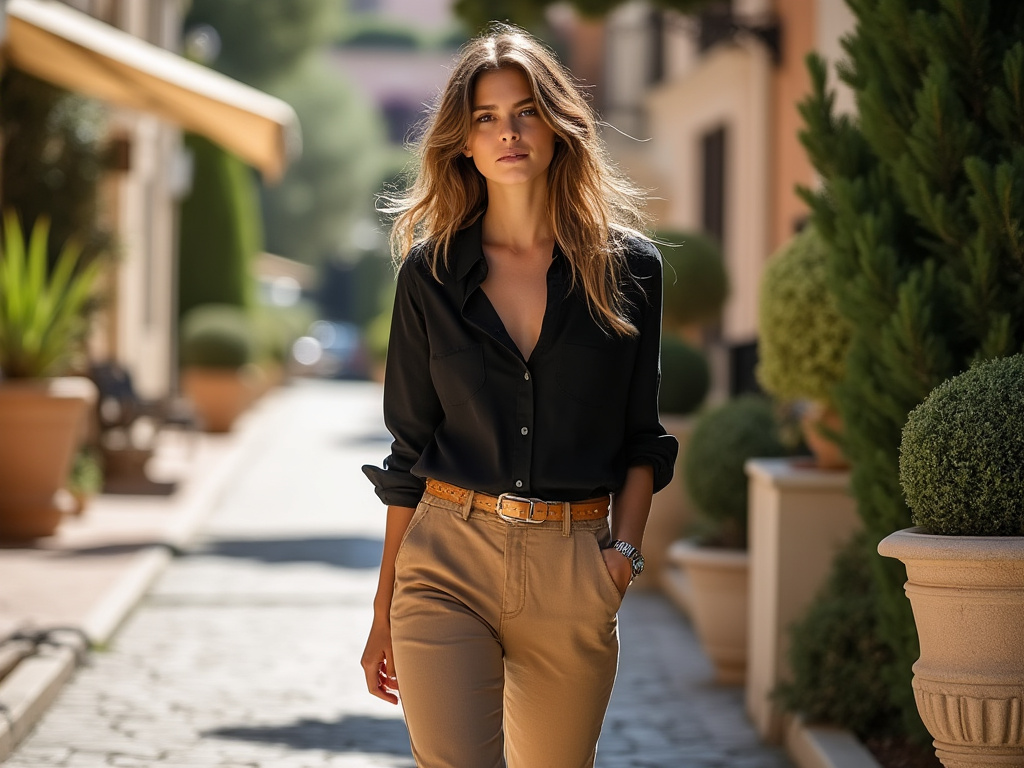
c) Seasonal Adjustments
Your core colors can shift with the seasons. In colder months, richer tones like burgundy or charcoal add warmth. In warmer months, lighter neutrals and pastels keep things fresh. Adjusting your color scheme by season helps you feel aligned with the environment and mood around you.
3) Matching Colors with Your Skin Tone
a) Identifying Undertones
Your skin has undertones: warm, cool, or neutral. Determine your undertone by checking the veins on your wrist; bluish veins often suggest cool undertones, while greenish veins hint at warm undertones. Knowing this helps you pick colors that make you glow rather than appear washed out.
b) Colors that Complement Cool Undertones
If you’re cool-toned, look for jewel-like shades: sapphire blues, emerald greens, and ruby reds flatter. Icy pastels also work beautifully. These colors enhance your natural radiance and draw attention to your features rather than overshadowing them.
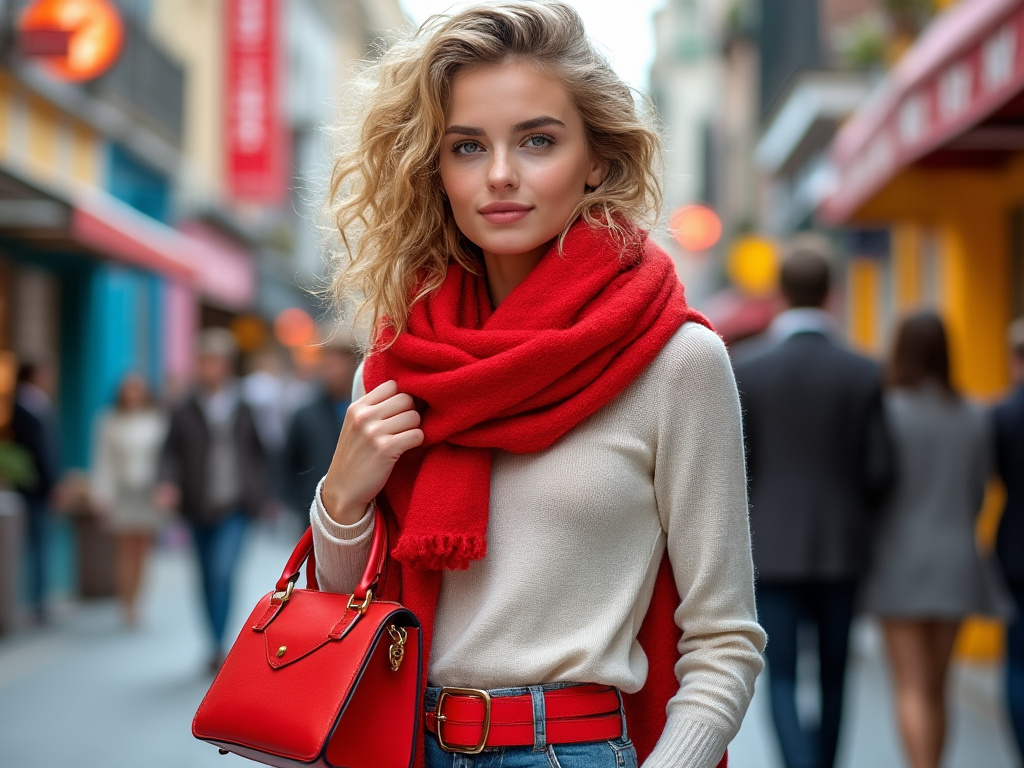
c) Colors that Complement Warm Undertones
Warm undertones thrive in earthy hues and sunny colors: terracotta, mustard, and olive highlight your natural warmth. Think about how a sunset palette—a range of oranges, reds, and browns—might bring out the best in your complexion, making you appear vibrant and healthy.
4) Contrast and Harmony
a) High Contrast Outfits
High contrast outfits pair light and dark colors for bold impact. Think white pants with a black top. This style can look polished and modern, catching the eye from across the room. High contrast gives your appearance a sharp edge, making it great for business settings or events where you want to stand out.
b) Monochromatic Schemes
Monochromatic dressing means wearing different shades of the same color. It’s a technique that’s both elegant and slimming. Layering light, medium, and dark versions of one color creates depth and harmony. For instance, wearing a range of blues can offer a chic, unified look.
c) Complementary Pairings
Complementary colors face each other on the color wheel: think red and green, blue and orange, yellow and purple. Using these pairs delivers lively and energetic outfits. Just be sure to balance the intensity—one color can dominate while the other serves as an accent to keep the ensemble sophisticated.
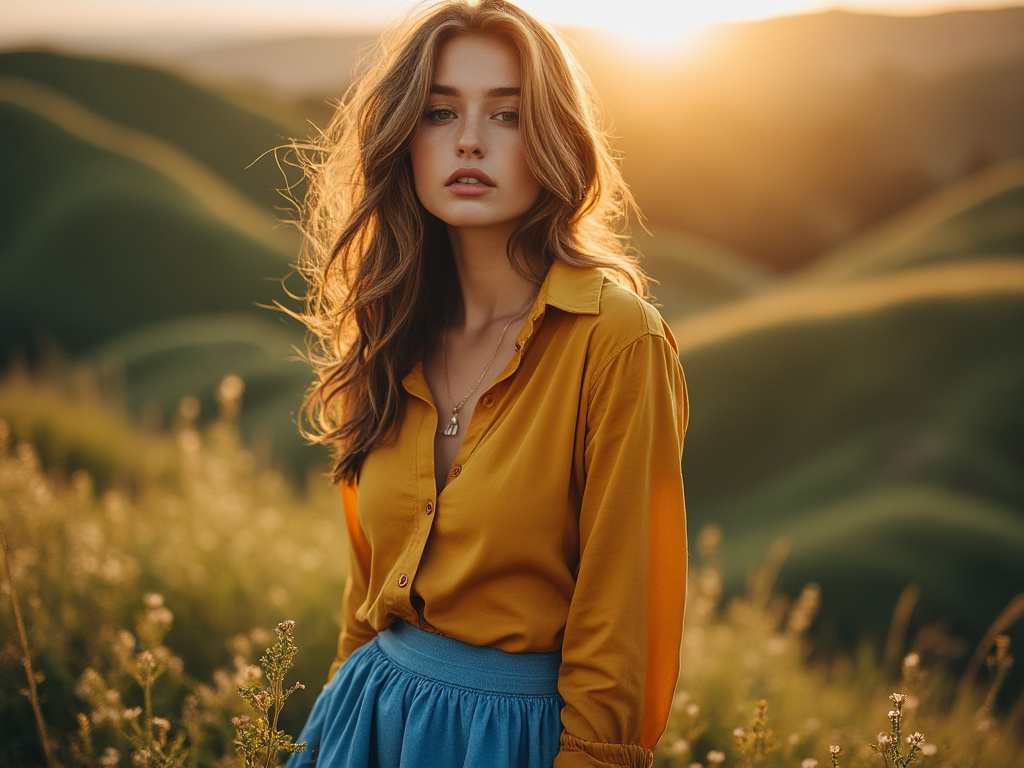
5) Patterns and Prints
a) Mixing Prints with Solids
Patterns add personality. To avoid visual overload, pair a patterned piece with a solid companion. For example, a floral skirt can shine when matched with a simple, solid-colored blouse. By balancing the print with a quieter element, you create a focused look that feels intentional.
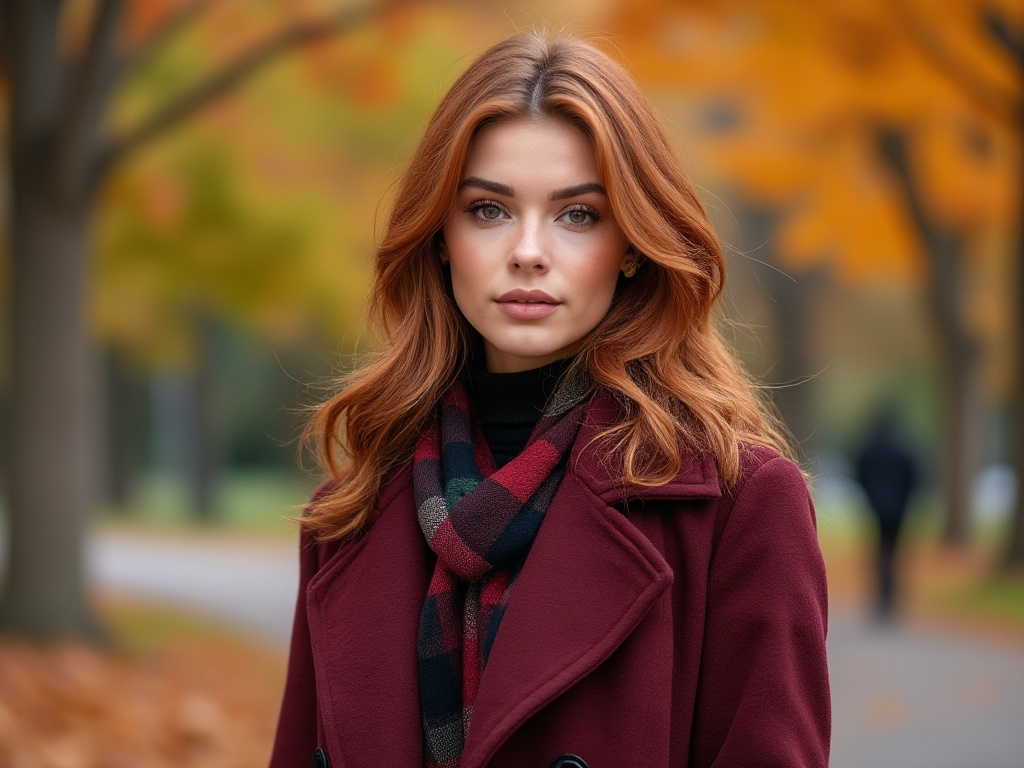
b) Subtle vs Bold Patterns
Subtle patterns—thin stripes, delicate dots—are easier to integrate into outfits. Bold patterns—think large florals or geometric shapes—steal the show. Start subtle if you’re new to patterns. Once comfortable, use bolder prints to inject drama and flair into your outfits, but keep other elements toned down.
c) Coordinating Multi-Colored Prints
When dealing with a multi-colored print, pick one hue from the pattern and use it in your accessories or another garment. This technique ties the look together. If your blouse has hints of green, wearing green shoes or a green belt creates a sense of unity and refined style.
6) Color in Accessories
a) Choosing Accessory Colors Wisely
Accessories are the spice rack of your outfit—they add flavor. A bright handbag or a sleek belt in a contrasting shade can elevate a simple ensemble. Think about accessories as small doses of color that you can add or remove depending on your mood or the occasion.
b) Belts, Bags, and Scarves
These items bridge the gap between top and bottom. A well-chosen belt can highlight your waist and introduce a complementary hue. A scarf can tie colors together, while a bag can provide a contrasting pop. Keep a range of colors and fabrics on hand for quick style updates.
c) Jewelry and Watches
Metallic tones—gold, silver, rose gold—act as neutrals in accessories. Adding gemstone jewelry introduces subtle color. A turquoise necklace can uplift a white blouse, and a ruby ring can accent a charcoal suit. Watches also offer subtle color cues, from leather straps to intricate dials.
7) Footwear and Color Coordination
a) Matching Shoes to Outfit Color
Shoes can either blend with your outfit or stand out. Matching your shoe color to a garment color creates a seamless line, often lengthening your silhouette. For example, nude pumps that match your skin tone can make your legs appear longer when wearing a dress.
b) Contrasting Footwear for Impact
Contrasting shoes draw attention downward, acting as a statement piece. This can be useful when you want to highlight new boots or a unique sneaker. A red shoe with a neutral outfit instantly adds excitement. Just remember to echo that color somewhere else, like in your lipstick or a pocket square.

c) Using Shoes as a Statement Piece
If your style leans minimalist, let your shoes do the talking. A pair of brightly colored heels or patterned loafers can become the focal point. Keep the rest of your outfit calm and let your footwear show off your personality.
8) Outerwear and Layering
a) Coats and Jackets
Outerwear is often the first thing people see. Choose a coat or jacket in a versatile color that complements much of your wardrobe. If you want something bold, pick a shade that enhances your skin tone, ensuring you look great even before you remove your layers.
b) Layering Techniques
Layering adds complexity and dimension. A neutral coat over a colorful sweater and a patterned scarf creates depth. Keep the bottom layer simpler and gradually add interest as you work outward. This approach ensures each color has its place without overwhelming the eye.
c) Transitional Pieces
Items like cardigans or light jackets bridge the gap between seasons. Opt for transitional pieces in hues that complement both your warm and cool season palettes. Something like a beige trench coat can pair with winter burgundies and summer yellows alike, increasing its utility year-round.
9) Formal vs Casual Color Choices
a) Dressing for the Office
For the workplace, neutrals and subdued colors often work best. Navy, charcoal, and beige keep you looking professional. Adding a subtle accent color via a tie, pocket square, or scarf can show personality without breaking dress codes. Keep patterns simple and refined.
b) Evening Events and Black-Tie Affairs
For formal events, darker hues and rich jewel tones feel luxurious. Midnight blue suits or emerald gowns can look timeless and elegant. Metallic accents and subtle accessories add sparkle without detracting from the overall sophistication of your attire.
c) Casual Weekends and Streetwear
On your off days, feel free to experiment. Vibrant colors, playful prints, and unique color combos can shine. A bright hoodie paired with neutral pants or a pastel T-shirt with patterned sneakers infuse weekend outfits with fun and creativity.
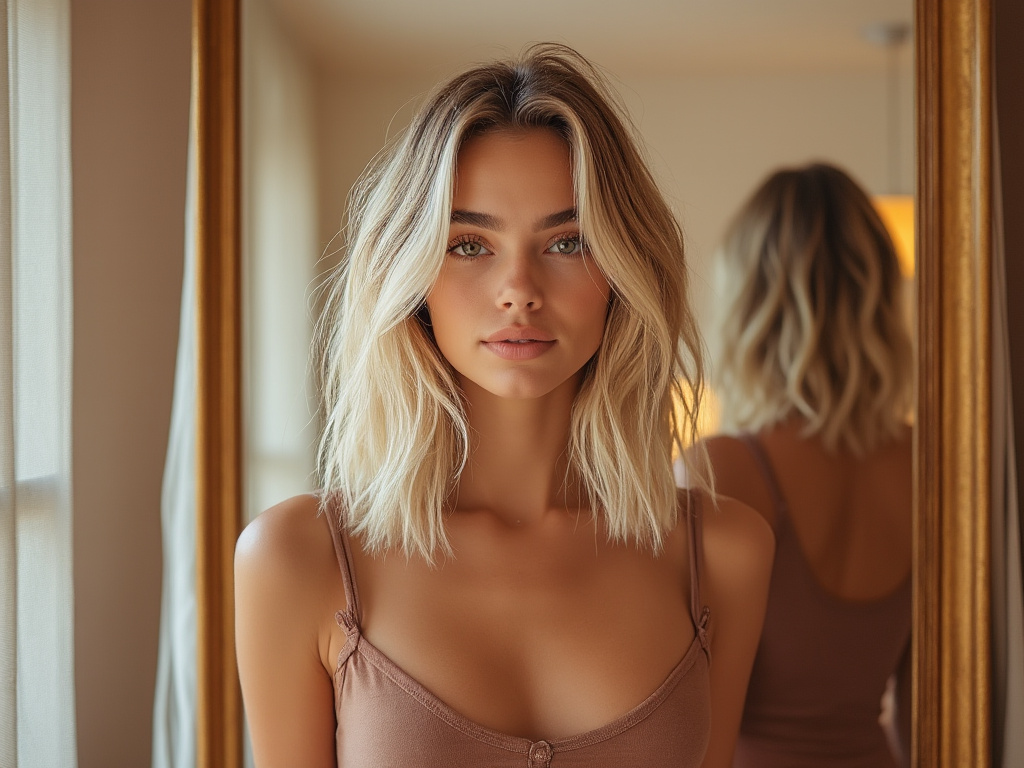
10) Cultural and Regional Color Preferences
a) Understanding Color Symbolism
Colors carry different meanings across cultures. Red may symbolize luck in one place and mourning in another. Learning these nuances ensures you dress respectfully while traveling or attending cultural events. This knowledge can help you navigate global style with sensitivity.
b) Geographical Influences
Local climates and landscapes affect color preferences. In sunny, tropical areas, bright colors appear frequently. In cooler regions, you might see more muted palettes. Adapting your clothing colors to the local vibe can help you fit in and feel comfortable wherever you roam.
c) Travel and Adapting to Local Tastes
When traveling, observe what locals wear and adjust accordingly. Incorporating a local hue—like wearing a scarf in a traditional color—can help you blend in while still maintaining your personal style. It’s a way of honoring local aesthetics while staying true to yourself.
11) Unisex Styling
a) Breaking Color Stereotypes
Colors have no gender. Pink isn’t just for women, and blue isn’t just for men. Adopting colors without bias expands your wardrobe options. Embrace a full spectrum—everyone deserves the opportunity to wear any color that makes them feel great.
b) Sharing Wardrobes Across Genders
A neutral palette simplifies sharing items with partners or friends. Oversized sweaters, relaxed trousers, and simple T-shirts in versatile colors can work for anyone, regardless of gender. Shared wardrobes promote sustainability and creativity in styling.
c) Universal Color Palettes
Colors like navy, olive, gray, and white transcend gender lines. They adapt to various body types, styles, and personalities. Building a wardrobe around these universal hues makes dressing more efficient, reducing stress and decision fatigue each morning.
12) Sustainable and Ethical Choices
a) Choosing Eco-Friendly Dyes
As consumers grow more eco-conscious, clothing with natural or low-impact dyes becomes popular. These colors may be softer and slightly muted. Embrace these subtle shades as a statement of your values, supporting more responsible production methods.
b) Investing in Sustainable Fabrics
Natural fibers like organic cotton, linen, or bamboo often come in colors inspired by nature. These fabrics can influence your overall palette, encouraging earthy tones and neutrals. By dressing sustainably, your color choices reflect both style and ethical considerations.
c) Timeless Color Combos that Last
Sustainable fashion favors timeless color coordination. Choose combos that won’t feel outdated next year. Classic pairings like navy and white, black and camel, or gray and burgundy can endure changing trends. This approach reduces waste and keeps your wardrobe looking current for years.
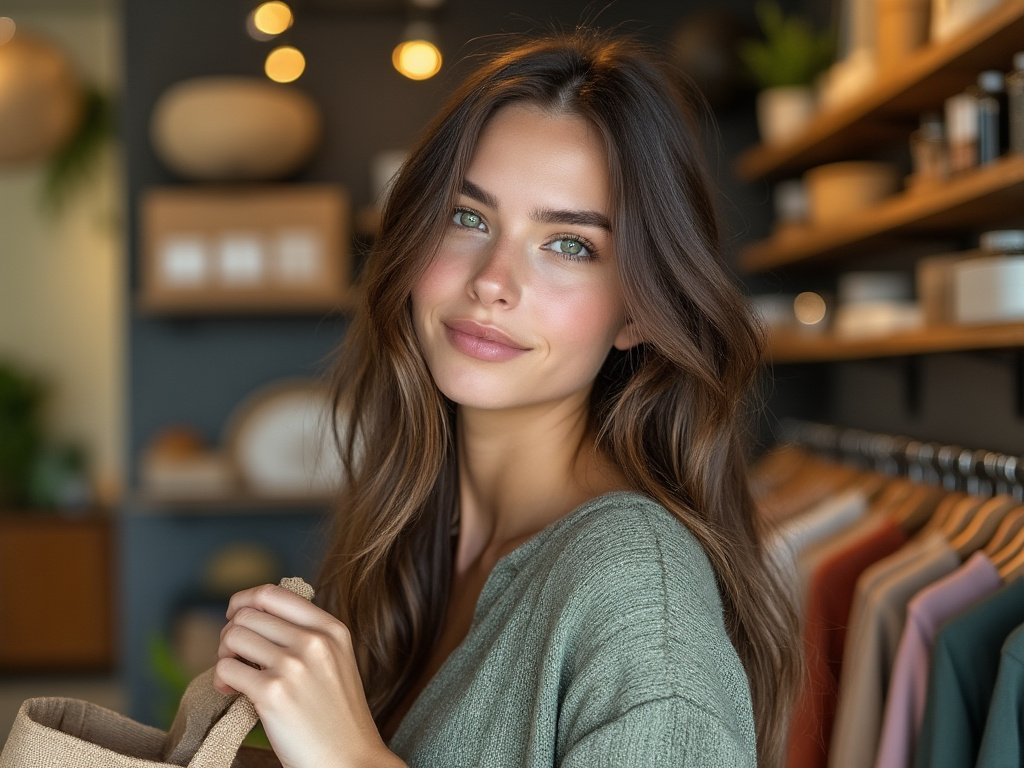
13) Seasonal Trends and Runway Inspiration
a) Trend Forecasting
Designers introduce new color trends each season. Keep an eye on runway reports to see which shades are in vogue. You don’t have to adopt every trend—just pick those that resonate with you. This can keep your look fresh and modern.
b) Adapting Runway Colors to Everyday Wear
High-fashion colors can be intense. Tone them down by using them in accessories or pairing them with reliable neutrals. For instance, if neon green hits the runway, wear it as a subtle scarf or socks to sample the trend without feeling like a traffic light.
c) Staying True to Personal Style
Trends come and go, but your personal preferences matter most. If a trending color doesn’t flatter you, skip it. Curate a wardrobe that aligns with your individuality. Confidence and comfort are always in style, even as colors shift with the seasons.
14) Experimenting and Developing Personal Style
a) Embracing Trial and Error
Color coordination is a skill you develop over time. Experiment with combos you haven’t tried before. Take notes on what works and what doesn’t. Mistakes can be stepping stones to discovering your unique palette and refining your fashion sense.
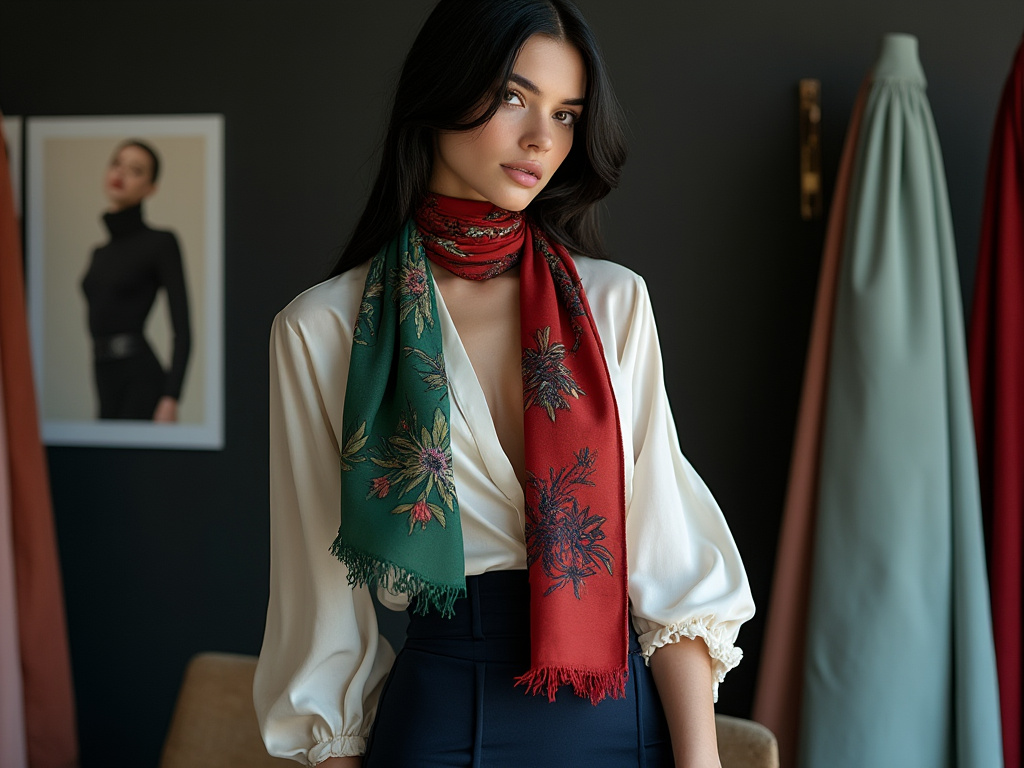
b) Finding Inspiration in Art and Nature
Look beyond fashion magazines. Nature and art are incredible sources of color inspiration. The gradient of a sunset, the richness of autumn leaves, or the brushstrokes of a painting can spark ideas. Translate those hues into your wardrobe and watch your outfits come alive.
c) Documenting Your Color Journey
Take pictures of outfits you love. Create a lookbook or folder on your phone. Over time, patterns will emerge—favorite color combos, go-to outfits, and seasonal adaptations. This visual diary helps you learn from the past and plan for the future.
15) Practical Tips for Daily Life
a) Dressing for Confidence
Choose colors that make you feel strong and capable. If red feels empowering, wear it on days you need an extra boost. If blue calms your nerves before a big presentation, go for it. The psychological aspect of color can influence your day-to-day life.
b) Quick Fixes and Emergency Solutions
Sometimes, you realize too late that your outfit looks off. Keep a neutral scarf or accessory handy to tone down clashing colors. A quick swap of shoes or adding a blazer can salvage your look. Having a few emergency items makes styling mistakes less stressful.
c) Building a Color-Coordinated Capsule Wardrobe
A capsule wardrobe focuses on a small selection of mix-and-match pieces. Keeping the color palette cohesive—lots of neutrals, a few signature colors—streamlines dressing. With a capsule, you can create numerous outfits from fewer garments, saving time, money, and closet space.
Conclusion
Color coordination isn’t just a technique—it’s a form of self-expression. By understanding the basics of color theory, choosing hues that suit your skin tone and personality, and embracing accessories and layers wisely, you turn getting dressed into a personal art form. Over time, you’ll find that the right color combinations help you project confidence and authenticity. Whether you’re stepping into a boardroom, heading to a casual brunch, or traveling abroad, thoughtfully chosen colors can help you feel at home wherever you are.
As you continue refining your palette, don’t be afraid to experiment, adapt, and learn from your style journey. Colors give you endless ways to be yourself. Trust your instincts, keep an open mind, and enjoy the process. Before long, you’ll be coordinating clothes, shoes, and accessories like a seasoned pro.

Final Table: Harmonious Color Combos and Their Moods
| Color Combo | Mood/Effect | Suggested Uses |
|---|---|---|
| Navy & White | Classic, Crisp, Trustworthy | Office wear, Job interviews |
| Black & Camel | Timeless, Sophisticated, Elegant | Dinner dates, Formal meetings |
| Gray & Burgundy | Refined, Subtle Warmth | Autumn outfits, Weekend lunches |
| Blue & Orange (Split) | Energetic, Balanced Contrast | Casual gatherings, Creative settings |
| Olive & Mustard | Earthy, Warm, Down-to-Earth | Outdoor events, Relaxed outings |
| Monochrome (All One Hue) | Unified, Slimming, Stylish Simplicity | Minimalist wardrobes, Anytime |
| Red & Navy | Bold, Confident, Powerful | Presentations, Event hosting |
| Neutral & Bright Accent | Versatile, Modern, Personal | Daily wear with unique touches |
FAQ
Q: How do I know which colors suit me best?
A: Start by identifying whether you have warm or cool undertones. Then, experiment with a variety of shades. Notice which colors make your skin appear brighter and which make you look pale. Over time, you’ll discover a core palette that makes you feel and look fantastic.
Q: Can I wear multiple bright colors together?
A: Yes, but approach this with intention. Pick one dominant bright color and one or two supporting bright accents. Balance these with neutrals to avoid looking like a rainbow. It’s about harmony, not chaos.
Q: Do I need to follow fashion trends?
A: Trends can inspire, but you don’t have to follow them. If a trending color aligns with your style, go for it. If not, skip it. Your wardrobe should reflect your personality, not just the latest fad.
Q: How can I improve my color coordination skills?
A: Practice, observe, and learn. Pay attention to outfits you admire—on the street, in magazines, on Instagram. Try recreating looks with your own clothes. Over time, you’ll develop an intuitive sense of what works.

Q: What if I prefer a simple, neutral wardrobe?
A: That’s perfectly fine. Neutrals can be just as stylish and effective as bolder hues. Add interest through texture, pattern, or accessories. If you ever want a pop of color, incorporate it in small accents like scarves or belts.

Anna West, the visionary behind Clothes Color Guide, is our go-to for all things fashion. Merging the finest of runway trends with everyday style, she demystifies the world of color and pattern. While clothing is her mainstay, Anna also shares insights on interior design, pet care, and relationship advice. Dive into her articles and emerge with a vibrant perspective on style and life.
Reviewed By: Joanna Perez and Marcella Raskin
Edited By: Lenny Terra
Fact Checked By: Sam Goldman
Photos Taken or Curated By: Matthew Mansour
